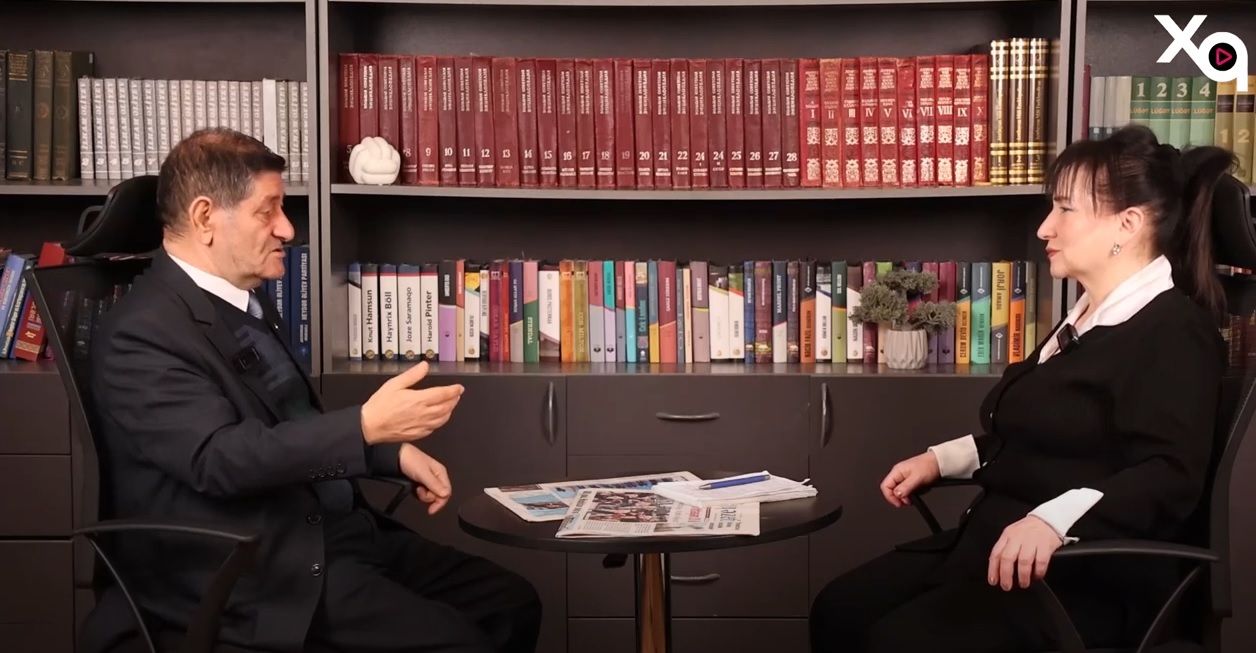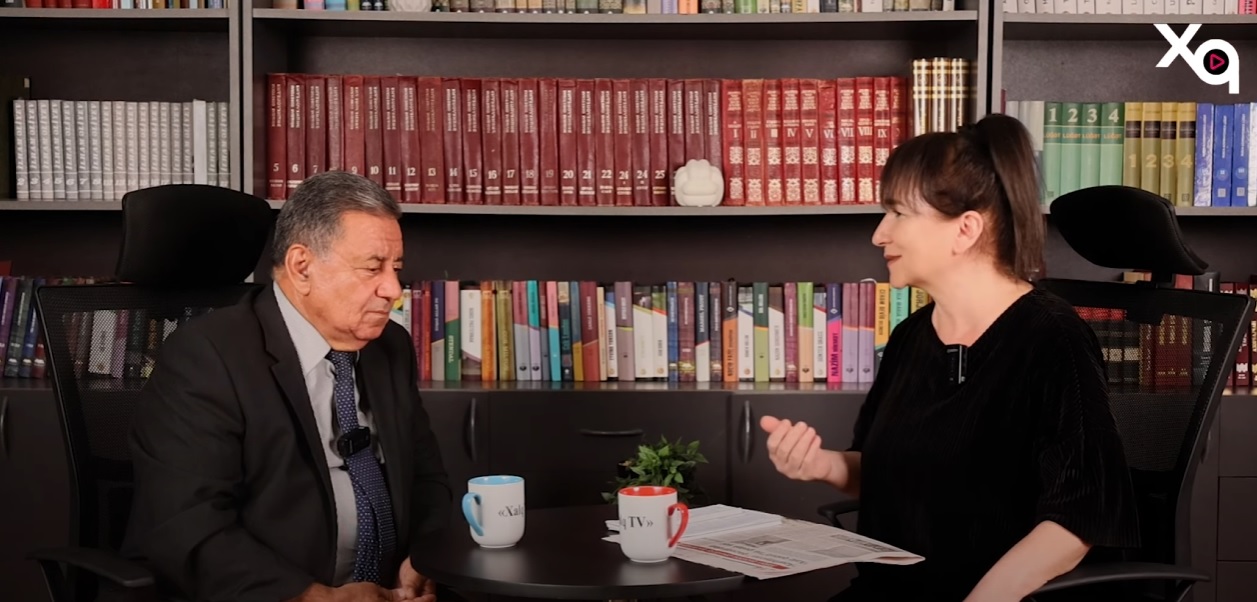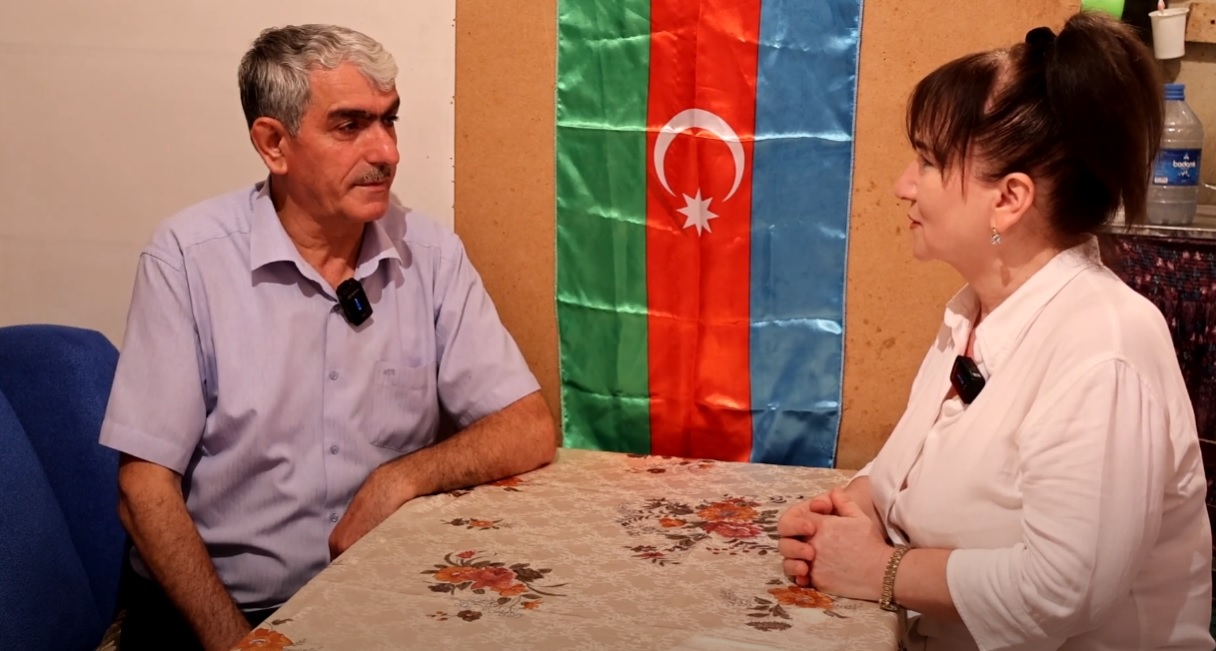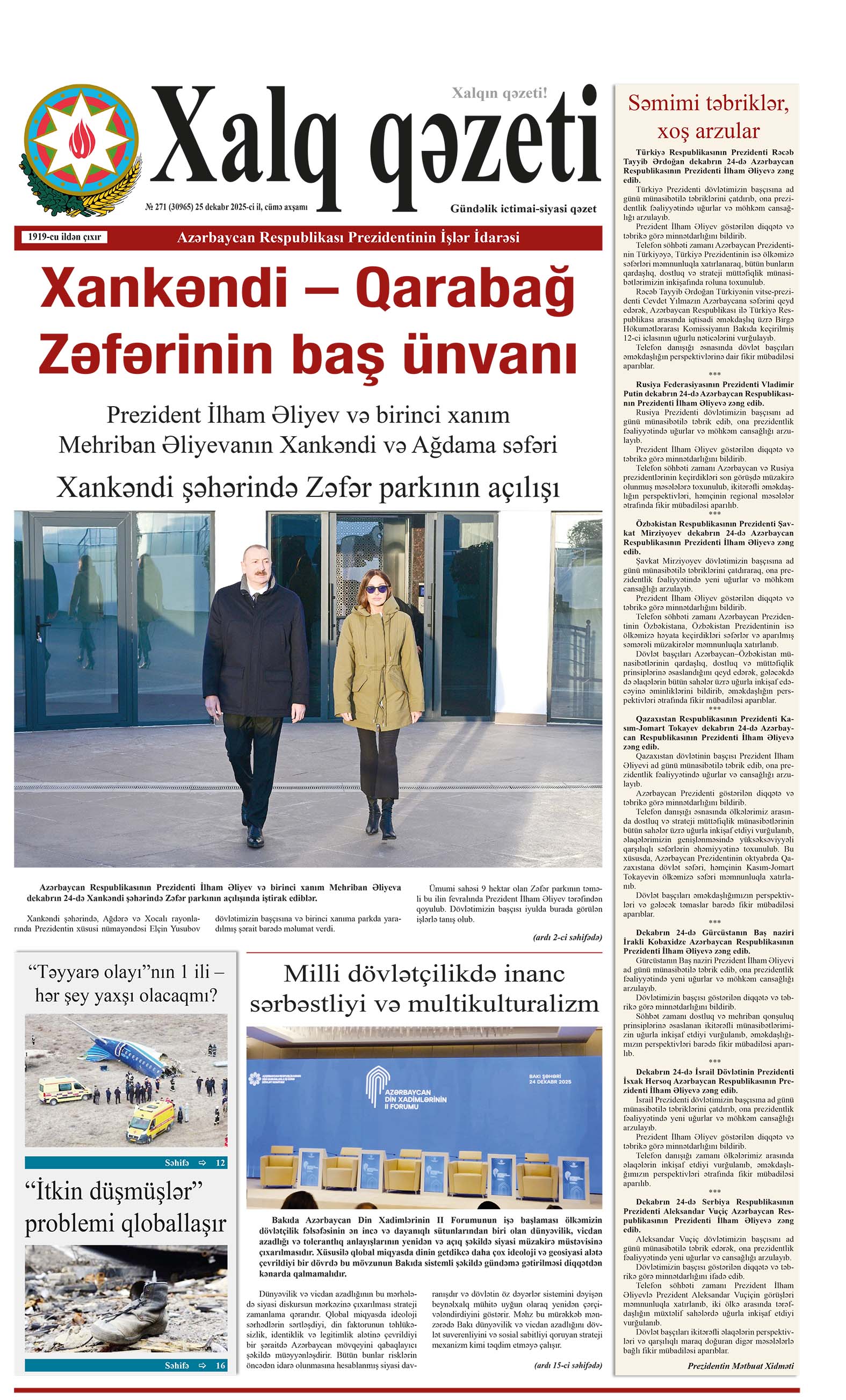Jerusalem Post
ByJOANIE MARGULIES
The wicks, preserved in unusual circumstances, are a remarkable discovery given the moist Mediterranean climate, which typically causes organic materials to decompose.
A unique archaeological find in Yehud, Israel, has revealed some of the oldest evidence in the world of lamp wicks used for illumination.
In an Israel Antiquities Authority (IAA) excavation conducted as part of development work for a new neighborhood, three 4,000-year-old wicks made of textile were discovered inside clay lamps from the Intermediate Bronze Age (c. 2500–2000 BCE).
The full study was published in the newest issue of the IAA’s scholarly journal, Atiqot, Volume 118.
The wicks, preserved in unusual circumstances, are a remarkable discovery given the moist Mediterranean climate, which typically causes organic materials to decompose.
“This is a unique discovery that we did not expect could ever be found in the moist Mediterranean climate,” said Dr. Naama Sukenik and Dr. Yonah Maor, researchers from the IAA.
“All of this is made more difficult by the fact that a wick is intended for combustion, and therefore, by virtue of its function, it is not preserved at the end of its use.” The fact that three wicks were found, one of them entirely intact, is particularly surprising.
Four-spouted oil lamp typical of the period, alongside other burial offerings, found in Yehud in Israel by IAA archaeologists. (credit: EMIL ALADJEM/ISRAEL ANTIQUITIES AUTHORITY)
Pottery, bones, weapons, and jewelry of ancient Israel
The excavation directors, Dr. Gilad Itach, Yossi Elisha, and Yaniv Agmon, reported that the wicks were found inside oil lamps in ancient tombs, alongside other burial offerings such as pottery, animal bones, weapons, and jewelry.The lamps, which showed traces of soot from use, were likely lit during burial ceremonies.
The researchers noted that while the Intermediate Bronze Age population in the Land of Israel did not leave behind written records, fire in burial rituals was common across the ancient Near East, symbolizing the human soul.
Laboratory analysis of the wicks revealed they had undergone a rare “fossilization” process over time and were made from recycled linen fabric. According to Dr. Sukenik, this points to “smart economic conduct, in which precious raw materials were maximally utilized,” and demonstrates that people were already recycling objects 4,000 years ago.
IAA Director Eli Escusido emphasized the importance of the find: “Every discovery, no matter how small, is part of the great story of this country, and we see the utmost importance in publishing these findings.”


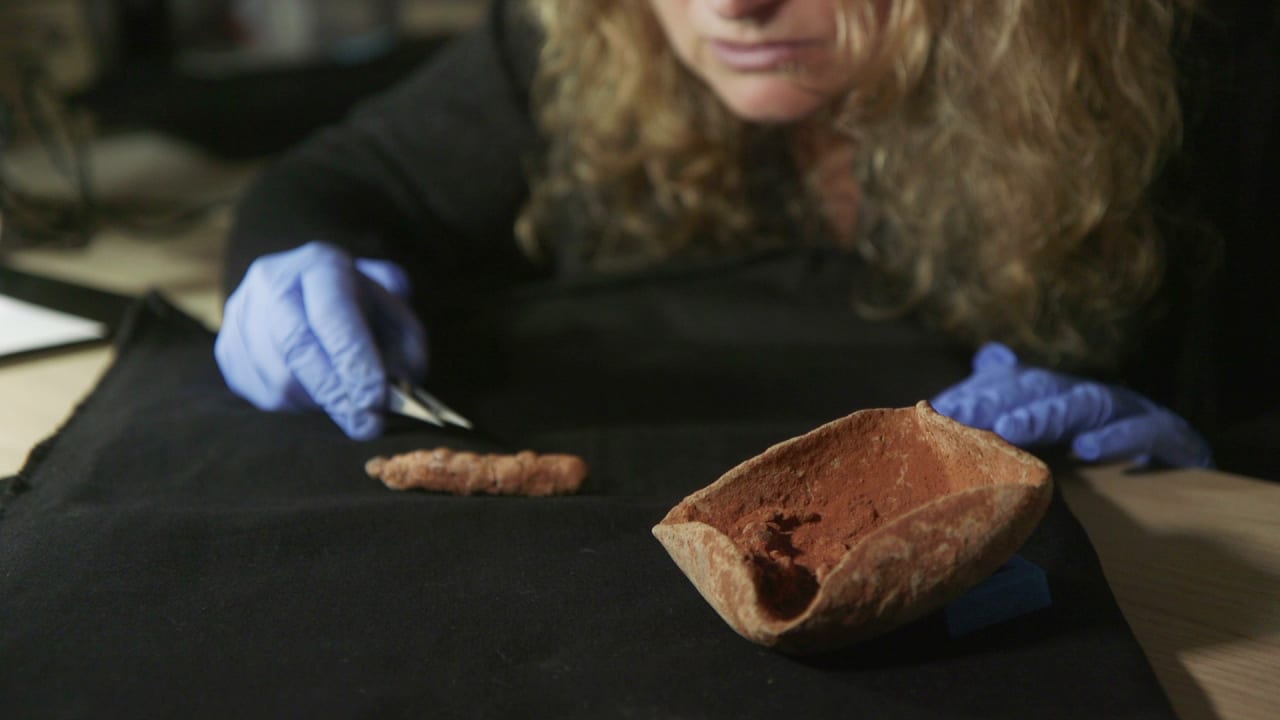

.webp)






